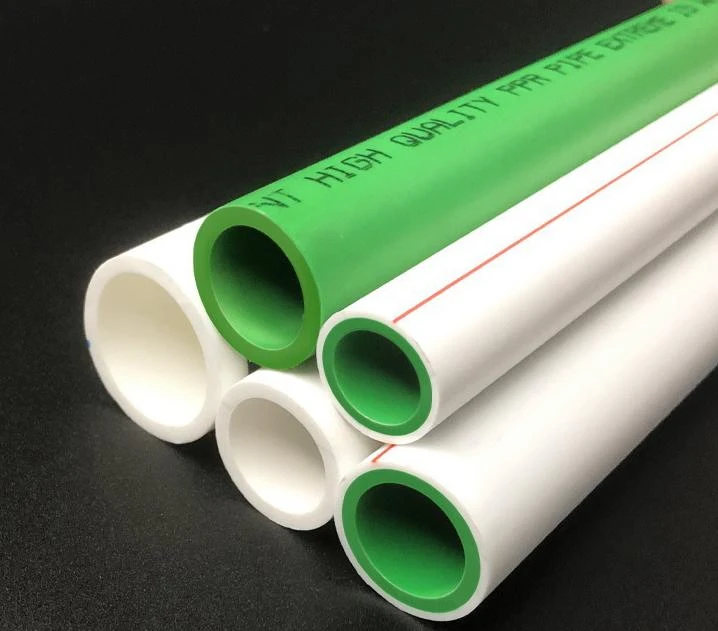Nov . 11, 2024 08:02 Back to list
hdpe compression fittings
Understanding HDPE Compression Fittings A Comprehensive Guide
High-Density Polyethylene (HDPE) compression fittings are essential components used in various plumbing and piping systems. Known for their durability, resistance to corrosion, and versatility, these fittings are widely utilized in water supply networks, irrigation systems, and even industrial applications. This article will delve into the nature of HDPE compression fittings, their advantages, installation processes, and practical applications, providing you with a comprehensive understanding of this vital technology.
What Are HDPE Compression Fittings?
HDPE compression fittings are mechanical fittings used to connect two sections of HDPE pipes. They work through a compression mechanism that secures the pipe in place, creating a tight seal without welding or soldering. These fittings are made from the same HDPE material as the pipes, ensuring compatibility and performance.
The fittings typically consist of several key components the body, nut, and compression ring (or olive). When the nut is tightened, it compresses the ring against the pipe, achieving a leak-proof seal. This method of connection not only simplifies installation but also allows for easy disassembly and reassembly, making HDPE compression fittings a popular choice for many applications.
Advantages of HDPE Compression Fittings
1. Durability HDPE is known for its exceptional strength and resistance to impact and stress. Compression fittings made from HDPE can withstand harsh environmental conditions, including extreme temperatures and chemical exposure.
2. Corrosion Resistance Unlike metal fittings, HDPE compression fittings do not corrode, rust, or degrade over time. This characteristic makes them ideal for underground installations and systems exposed to moisture.
3. Lightweight and Easy to Handle HDPE fittings are lighter than traditional metal fittings, which simplifies transportation and installation. This lightweight nature reduces physical strain and increases efficiency during assembly.
4. Flexibility HDPE compression fittings can be used in a wide range of applications, from residential to agricultural to industrial setups. Their adaptability makes them a preferred choice for contractors and engineers alike.
Installation Process
hdpe compression fittings

Installing HDPE compression fittings is a straightforward process that can typically be completed with minimal tools. Here is a step-by-step guide
1. Preparation Start by cutting the HDPE pipe to the desired length using a pipe cutter to ensure a clean, straight cut. Remove any burrs or sharp edges to facilitate a smooth connection.
2. Assembling the Fitting Slide the compression nut and then the compression ring onto the pipe. Ensure that the ring is facing the body of the fitting when you insert the pipe.
3. Connecting the Fitting Push the pipe firmly into the fitting body until it reaches the stop. Ensure that the pipe is fully seated within the fitting for a proper seal.
4. Tightening the Nut Hand-tighten the compression nut onto the fitting body. Then, use a wrench to secure the nut. Be careful not to overtighten, as this could damage the fitting or the pipe.
5. Testing for Leaks After installation, it’s crucial to test the system for leaks. Turn on the water supply slowly and inspect all connections. If any leaks are detected, simply tighten the nut further until the leak stops.
Applications of HDPE Compression Fittings
HDPE compression fittings are suitable for various applications, including
- Water Distribution They are commonly used in municipal water supply systems due to their robust nature and reliability in high-pressure environments. - Irrigation Systems Farmers utilize HDPE fittings in irrigation setups, benefiting from their resistance to corrosion and durability in agricultural fields. - Wastewater Management Their structural integrity makes them ideal for handling sewage and wastewater piping systems. - Industrial Applications HDPE compression fittings are employed in factories and plants for process piping systems, transporting chemicals and other materials.
Conclusion
In conclusion, HDPE compression fittings present a reliable, durable, and efficient means of connecting HDPE pipes across various applications. Their resistance to corrosion, ease of installation, and versatility make them an excellent choice for both professionals and DIY enthusiasts. By understanding the nature and advantages of these fittings, one can make informed decisions about piping solutions that stand the test of time. Whether you are setting up a simple home irrigation system or engaging in complex industrial applications, HDPE compression fittings are a dependable choice.
-
32mm HDPE Pipes Coil: Durable & Flexible Water Supply
NewsAug.05,2025
-
DN100 PVC Well Casing Pipes | Durable Corrosion-Proof
NewsAug.04,2025
-
HORON 25mm PPR Plumbing Pipes - AI-Enhanced & Reliable
NewsAug.03,2025
-
HORON 25mm PPR Pipes - AI-Optimized Plumbing Excellence
NewsAug.02,2025
-
Premier HDPE Sprinkler Pipe Manufacturers | Durable Solutions
NewsAug.01,2025
-
DN500 HDPE Double Wall Corrugated Drain Pipes | Durable & Efficient
NewsJul.31,2025

